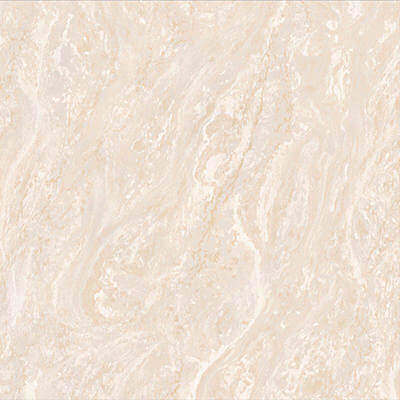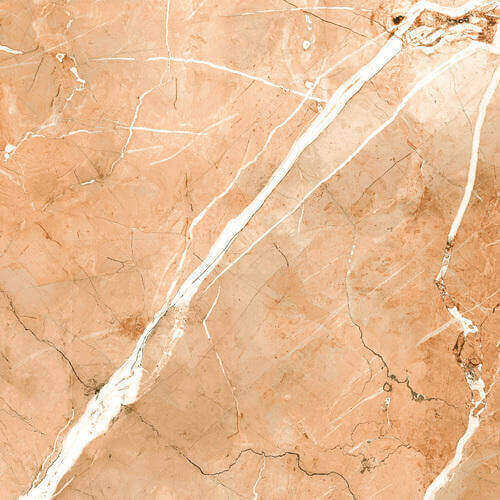Table of Contents
Difference Between Double Charge Vitrified Tiles and Polished Glazed Vitrified Tiles (PVGT)
Tiles help to improve the appearance and beauty of the floors and walls of our house. A wide range of tiles is available in the market which frequently confuses us while making a selection.
That’s why here i am going to share differences between two most popular tiles now-a-day.
Are you confused about the selection of Double Charge Vitrified Tiles and Polished Glazed Vitrified Tiles for your home?
Then you are in the right place today in this article we are going to a detailed comparison of Double Charge Vitrified Tiles and Polished Glazed Vitrified Tiles (PGVT).
Also, read – Difference Between Ceramic and Vitrified Tiles
This is my promise after reading this article there will be no confusion in your mind about the selection of these two types of tiles.
So let’s start
Manufacturing process
For manufacturing of double charge, vitrified tile two kinds of colours are fed into the machine. The Press machine Prints 3 to 4 mm thick layers of a dual colour pattern on the upper portion of the tile.
Whereas polished glazed vitrified tiles have 1 to 2 mm glazed layer and the top portion is digitally printed and polished to make it more Shinier.

Printing
In case of double charge vitrified tile design is a part of the body the design is penetrated into the surface Up to 3 to 4 mm.
Whereas polished glazed vitrified tile has only 1 to 2 mm of glazed layer and on this layer, designs are digitally printed.
Design
In case of double charge vitrified tile, the process of manufacturing does not permit complex patterns hence the design patterns are limited.
Whereas polished glazed vitrified tiles are available in a wide range of styles and designs.
Thickness
Double charge vitrified tiles are 3 to 4 mm thicker than polished glazed vitrified tiles.
Whereas the thickness of the polished glazed vitrified tile is less as compared to double charge vitrified tiles.
Scratch Resistance
Double charge vitrified tiles are more Scratch-resistant as compared to polished glazed vitrified tiles. Double charge vitrified tiles are good at hiding the scratches.
Whereas polished vitrified tile has a glossy look which can be tampered with scratches. Hence the scratches are noticeable.
Durability
The upper layer of double charge Vitrified tile is thicker as compared to polish glazed vitrified tile it makes this style more durable and stronger than polished glazed vitrified tiles.
Hardness
Double Charge vitrified tiles are harder than polished glazed vitrified tiles.
Whereas the hardness of polished glazed vitrified tile is less as compared to double charge vitrified tiles.

Life
In case of double Charge vitrified tiles, the patterns are printed passing through a double layer of pigments. The tile patterns are protected and last long when compared to polished glazed vitrified tiles.
Whereas the life of polished glazed vitrified tile is less as compared to double charge vitrified tiles.
Uses
Double Charge vitrified tiles are ideal for high traffic areas like offices, commercial places, Airports, Malls, Hotels, Hospitals, Banks etc.
Whereas polished glazed vitrified tiles are used for less traffic area. They are ideally used at home.
Price
The price of double charge vitrified tiles is more as compared to polished glazed vitrified tiles Their price starts from 50 rupees per square feet.
Whereas polished glazed vitrified tiles are cheaper as compared to double charge vitrified tile the price of polished glazed vitrified tile starts from 40 rupees per square feet.
The rate depends on location size and thickness of tile manufacturer etc.
Conclusion
Both tiles have their advantages and disadvantages. Which one is best for you it depends on your need.
So, friends, I hope I have covered all the differences between Double Charge Vitrified Tiles and Polished Glazed Vitrified Tiles in this article. If you find this article helpful please be sure to share it.
If you want to add any information which is missing in this article you can mention it in the comment section.
Finally Thanks! for reading this article.
Also, read
Difference Between Veneer and Laminate
Emulsion Paint Vs Oil Based Paint – Difference Between Emulsion Paint and Oil Paint
Labour Contract Vs Material Contract – Which Contract is Better for Constructing your House?